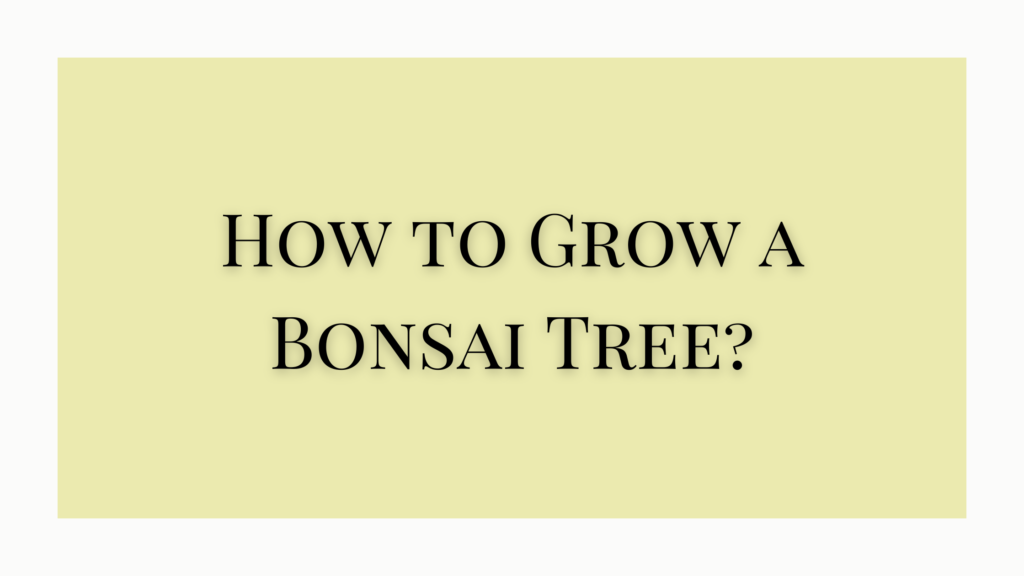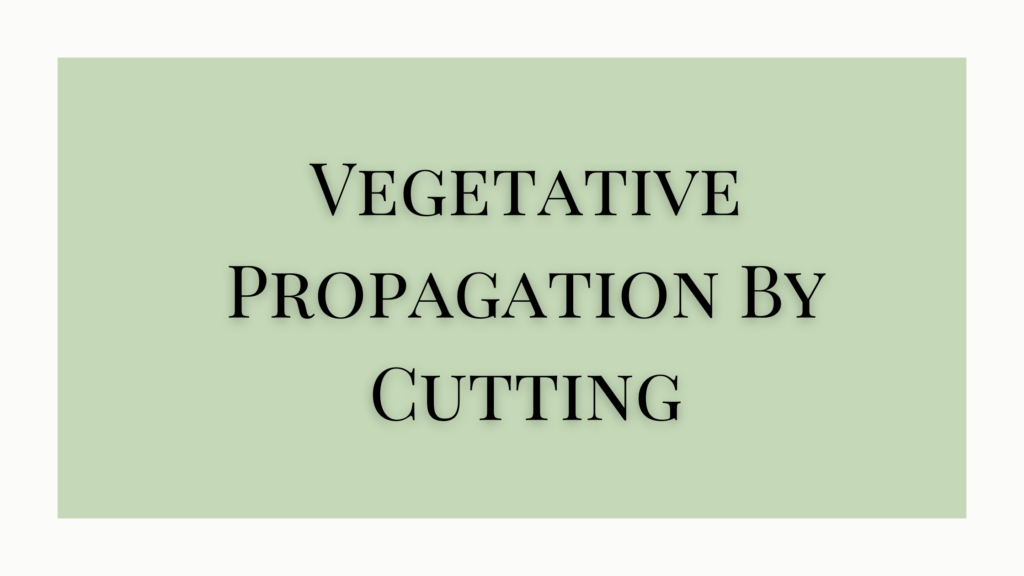Bonsai is the art of growing a tree or a plant in a shallow pot or a tray. It is an example of the creative thinking of Japanese people. This art is mostly tried with trees but other types of plants are also tried. Here are the details on how to grow a bonsai tree.
Selection of Plants
The selection of a plant for bonsai is based on various criteria. The chosen plant must be ornamental, bear attractive fruits, have decorative foliage or floral characteristics, etc. The plant must also be able to withstand adverse climatic conditions since it will be subjected to various unnatural techniques and stress. Some common plants chosen for bonsai are,
- Ficus bengalensis
- Ficus religiosa
- Cassia fistula
- Magifera indica
- Psidium gaiyaia
- Ixora
- Baug
- Juniperous cynensis
- Pinus khasiala
Steps on How to Grow a Bonsai Tree
Pot for Bonsai Plants
Pots or containers are of great importance in the overall visual effect of bonsai. The popular choices are,
- Chinese handmade decorative pots
- Shallow porcelain pots with holes
- Brass vessels with artistic design
- Earthen wares are more popular due to their cheaper rates.
The size of bonsai containers should be 5-7 cm deep and 45-60 cm wide. The containers can be of any shape ranging from round, square, oval, rectangle, etc. Proportion between the plant size and the container is very important. The style of the particular bonsai also influences the choice of container. Square or rectangular containers are preferred for evergreen plants and oval for deciduous trees.
Pot Mixture for Bonsai
The bottom of the container for bonsai should be filled with pebbles and sand. Then it should be filled with a pot mixture consisting of red earth, farm yard manure, and leaf mould in equal proportion. A small margin should be left between the edge of the container and the soil surface.
Planting of Bonsai Tree
The bonsai plant should be positioned in such a way that its main side is visible from the front. For the pine trees, one needled male plant and a broadleaved female plant are planted together in a pot for aesthetic purposes.
Watering Bonsai Plants
You should water bonsai plants at least 3 times a day during summer and just once a day during winter or rainy season. Plants kept in porcelain and glazed containers may not need frequent watering.
Light and Temperature Requirements
Exposing bonsai plants to morning sunlight for 3-4 hours is ideal. Bright sunlight should be avoided. To avoid drying of soil due to the sun, it is ideal to have broken brick pieces or vermiculite on the soil layer. This will help maintain moisture and prevent excessive water loss from the container.
Shaping of Bonsai Trees
Bonsai trees are their best when they grow straight without any curvature. It is better to retain the natural shape of the tree and its curvature initially. Later the branches are kept at an angle to have artistic effect. If the trunk starts bending copper wire is wound around it to keep it straight. The wire is retained until the trunk becomes straight.
Dwarfing Techniques
The tree is dwarfed by regular pruning of shoot and root systems. Pruning is done during winter months (Dec-Jan). It is done once or twice a year depending on the growth of the tree. During pruning, all the dead and decayed roots are removed to promote the growth of new roots.
It is necessary to prune the shoots regularly. It will help keep the tree in proper size and shape. This frequency may vary from species to species. Usually, the trunk is pruned or twisted to attain a particular shape. At times, dwarfing is achieved through grafting as well.
Manuring and General Care
Fertilizers are used not to enhance plant growth but to maintain its good health. For mature fruit-bearing trees, dilute liquid fertilizers should be provided when the flower buds appear. Small quantities of cow dung or organic bonemeal are also applied once a month. Over-fertilizing can damage the foliage.
The plant should be trimmed to maintain its natural shape. When shoots begin to harden, they are pruned. In case of overgrowth, repotting is done. Repotting is recommended at least once in 2 years for better health of the bonsai tree.
With good care, a bonsai tree can live for several generations. It is ideal for small modern plants as it requires minimal care. It is also a good hobby and the materials used for its maintenance are also cheaper. Moreover, it doesn’t require any elaborate facilities either.




